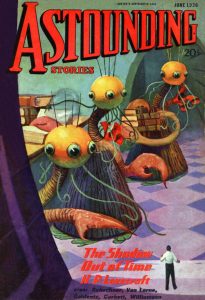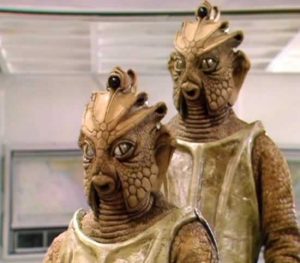Did you see it? Did you catch the season premier of Doctor Who? The first episode of the 2018-2019 season was simultaneously broadcast by the BBC around the world on Sunday October 7th at 1845 Hrs UTC time, that’s 1:45PM Eastern Daylight Time for me.
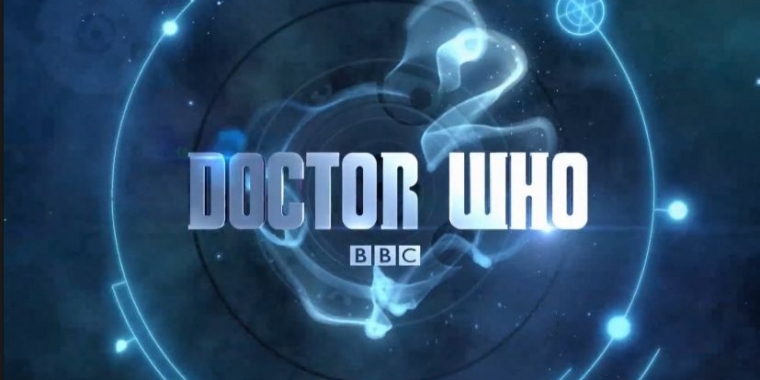
Now every Doctor Who fan knows that the character of the Doctor is an alien scientist who travels throughout time and space in his Tardis (which stands for Time And Relative Dimension In Space). The Tardis is a Time / Space machine that looks like a policeman’s box and is bigger on the inside than it is on the outside!
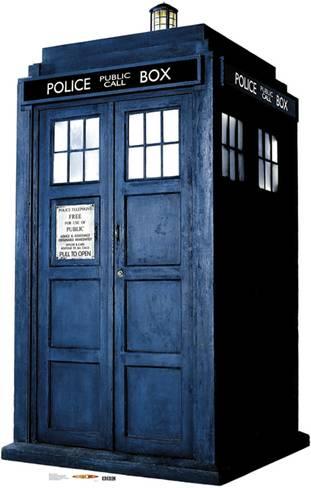
Being an alien whenever the Doctor is badly wounded he doesn’t die but rather he regenerates. This regeneration has allowed the show to use twelve different actors in the role, and allowed Doctor Who to be the only scripted, dramatic show to last now for 55 years.
The first episode was broadcast way back on November 23, 1963! The original Doctor was portrayed by William Hartnell as an eccentric old man but over the years the Doctor has become younger and more athletic in order to better fit into his role as a heroic protagonist (and wouldn’t we all like to be able to do that).
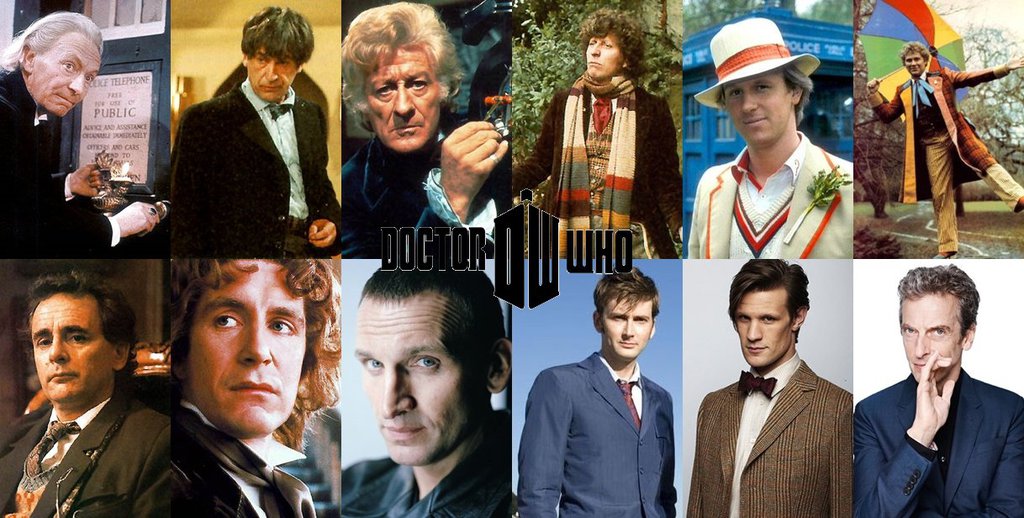
This year’s season premier also brought a new Doctor, and the big news is that lucky number 13 is a woman, the actress Jodie Whittaker. Judging by the first episode she’s gonna be a good one, she seemed to fit right into the essential personality of the Doctor while already showing something of where she wants to take the role.
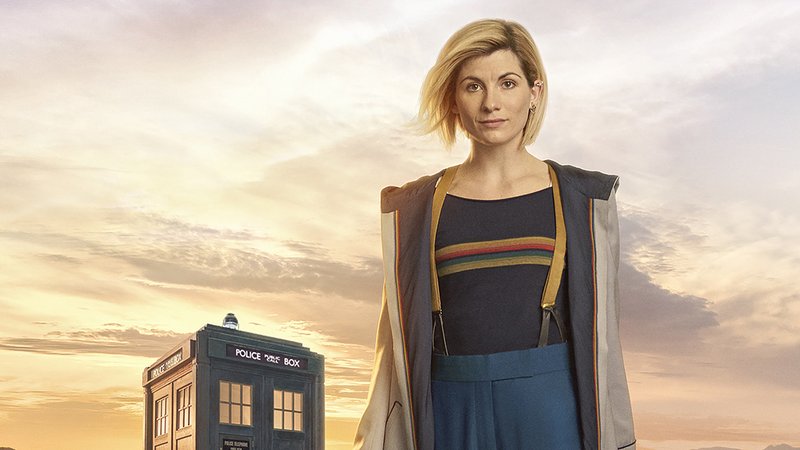
You see, like every fictional hero The Doctor fights for justice and equality while defending the weak. Unlike most good guys however, The Doctor fights exclusively with his, and now her brains. This is the essential Doctor, the inner core values they all share. Around that core each actor playing the Doctor must fashion their own character, and in that way the show reincarnates itself with every new incarnation of The Doctor.
As you can probably tell, Doctor Who is the hero of the nerds of the world, their Superman or Rambo, or I suppose I should say our Superman or Rambo. Like Odysseus or Sherlock Holmes or Mister Spock the Doctor wins by brains not brawn, and in my opinion at least that is our best, our only hope.
This season’s premier also saw the introduction of a new species of enemy for the Doctor. I don’t want to give away too much of the plot but while the creature was sufficiently menacing it seemed a little bit too much of a takeoff on the alien from the ‘Predator’ series of movies. We only get to see a single bad alien however so maybe if the producers decide to use the species again they’ll flesh them out a bit.
Anyway, we have a new season of Doctor Who to look forward to, and a brand new Doctor. Man or Woman it really makes no difference, and maybe shows like Doctor Who are what we all need in order to make us realize that the differences between us are insignificant compared to all of the things we share.

